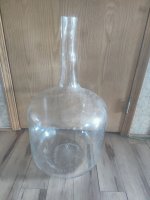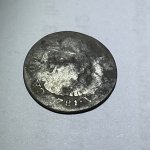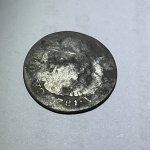WRECKING
Full Member
A guy I worked with, American, living in the UK. As a sat diver he was sent into a shipwreck’s accommodation, he had to retrieve a briefcase, the brief case was handcuffed to a man who was in the cabin he was said to be in, he cut the brief case of the man’s arm and returned to the bell. I worked with a lot of the crew that were on the DSV at that time and the story was told to me several times without asking it just came up in conversation, to this day no one knows what was in the briefcase. The ship was later covered in concrete, something intangible for sure and worth a great deal to someone, information/ knowledge is power to some. Are we getting anywhere?
"Worth a great deal to someone" is definitely "intangible".
I think we can classify treasure hunting in the same category as climbing the Himalaya and such. Some people are prepared to spend a lot of time and money for such things, with the only return being the intangible feeling one gets from doing it.
A word of warning though: One gets hooked on that intangible feeling by just attaining it once. The addiction is overpowering.




 ?
?



